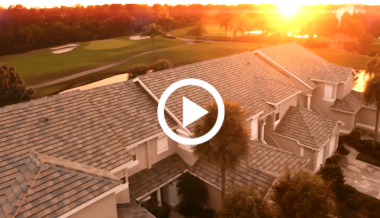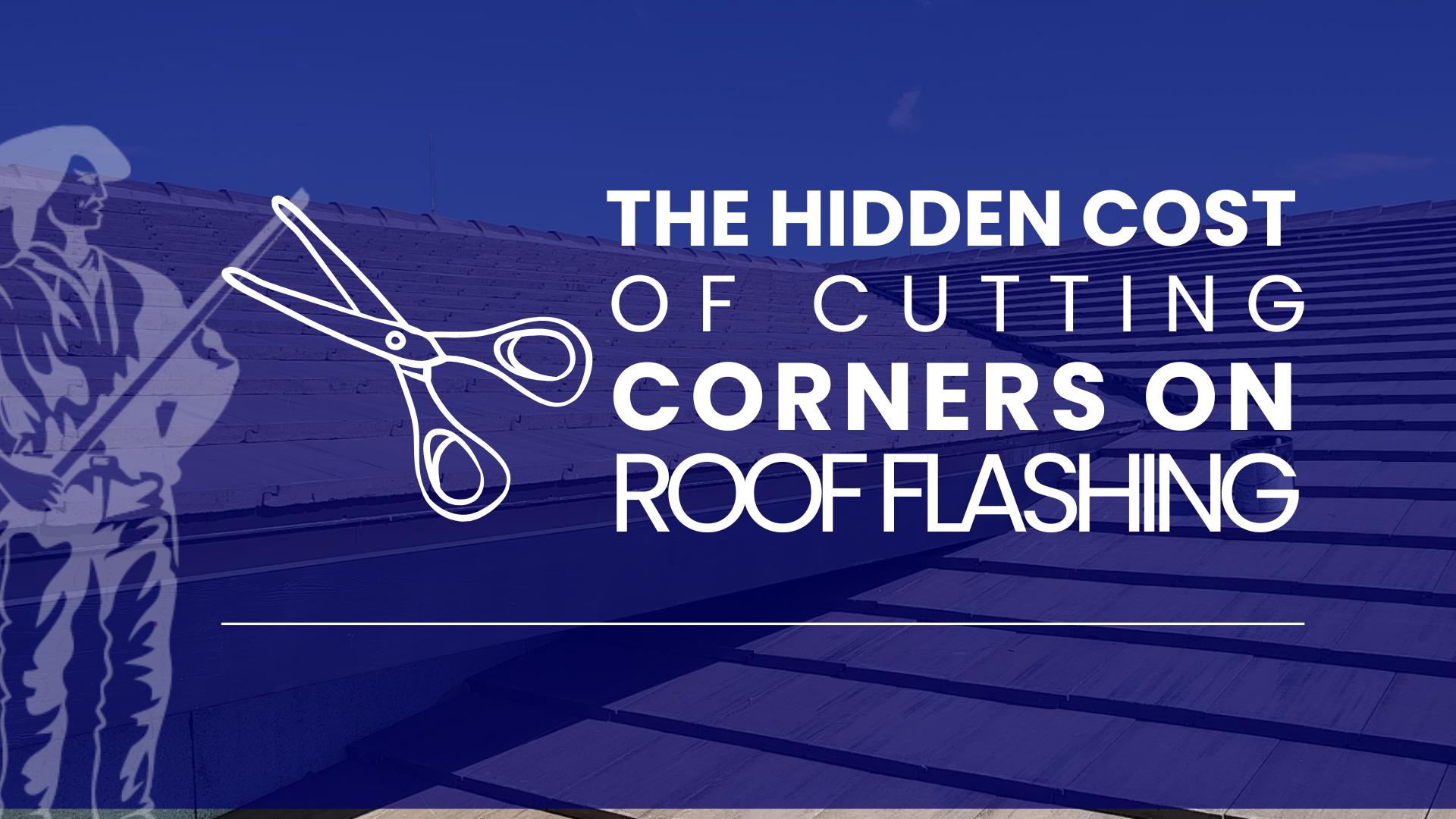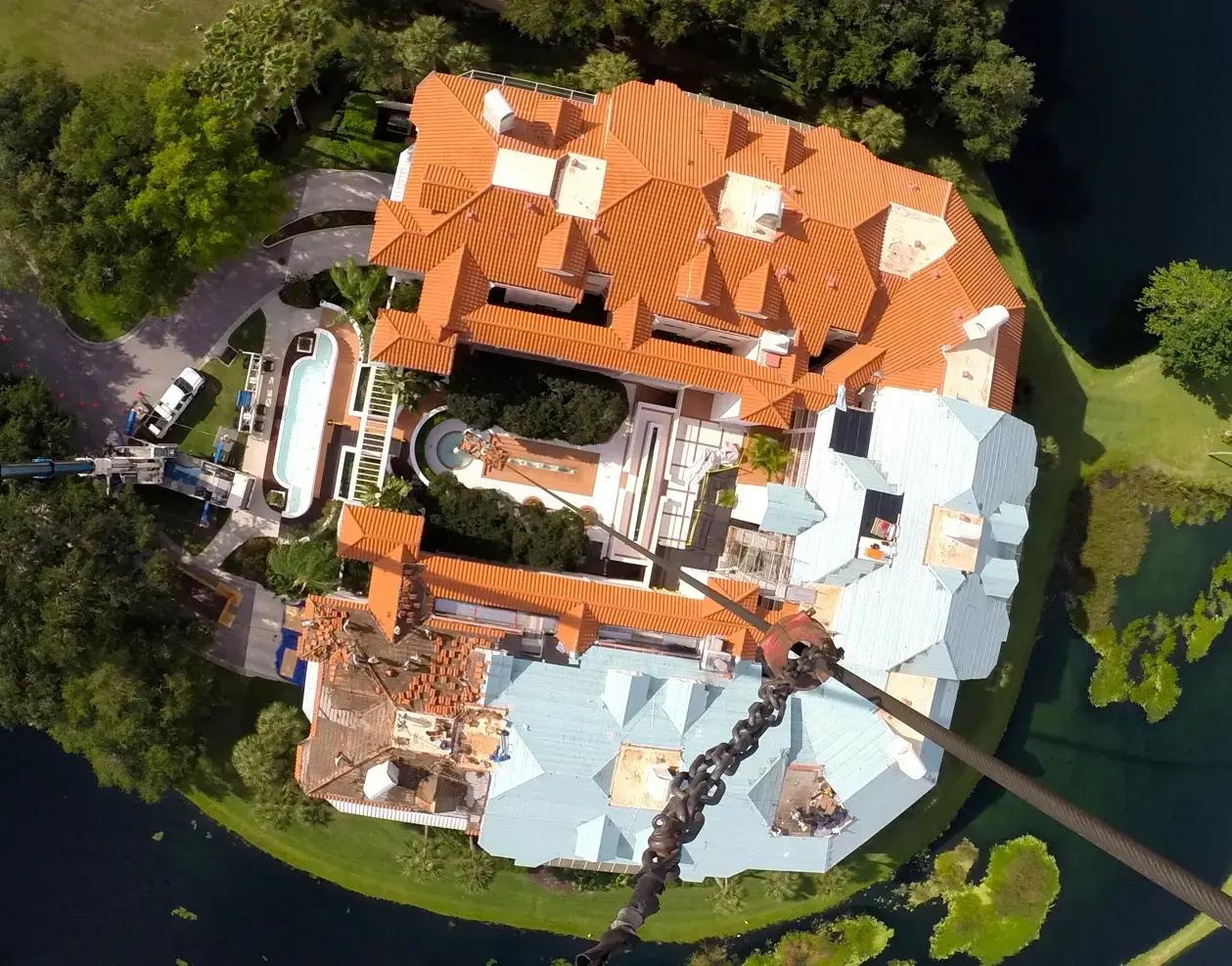Flashing is the material that seals joints where the roof meets a vertical surface, such as a stucco or siding wall. Its job is to keep water from entering at these transition points. Because wall flashing is typically hidden beneath stucco, it is tempting for contractors to leave it in place rather than replace it. While skipping this step can make a bid look more affordable, it also creates hidden risks that can cost associations dearly in the long run.
What Flashing Is and Why It Matters
Roof flashing may not be visible once the roof is installed, but it is essential to the roof system’s performance. Replacing flashing when condominium roof replacement occurs, particularly if it is not structurally sound or rusted out, allows your roofer to pull the underlayment directly underneath. This establishes a continuous barrier where the roof meets a wall, guiding water away from joints and preventing intrusion. If flashing is rusted, pitted, or isn’t replaced when the rest of your roof system and underlayment is replaced, underlayment may not be pulled as high and it becomes a weak point of potential water intrusion.
Why Some Contractors Cut Corners
Replacing flashing properly requires cutting into stucco, removing the old metal, installing new flashing, and then re-stuccoing, priming, and painting. This level of work is both labor-intensive and costly.
Because of this cost, many contractors choose to reuse old flashing. On paper, their bids look more attractive, but they are concealing a major shortcut. Boards often do not realize the detail was skipped until problems surface years later.
The Risks of Old Flashing
When flashing is reused without replacement, several problems arise.
- Water can enter at the joint between old flashing and new underlayment, since it is not able to be pulled as high onto the wall underneath the old flashing.
- Rusted or pitted metal fails to provide a watertight seal or compromises structural integrity.
- The continuity of the system is broken, leaving weak points that will eventually leak.
These failures are especially problematic because they are hidden. Boards may not notice the issue until water intrusion has already caused structural damage, mold, or interior repairs.
Colonial Roofing’s Approach
At Colonial Roofing, we never treat flashing as an afterthought. Typically, when it comes to a new roof project, we recommend full replacement. In some cases where the metal is structurally sound, it can be salvaged with proper cleaning and reinforcement, but we are always transparent about the risks and options.
For associations concerned about cost, we provide unit pricing for flashing replacement. This allows boards to budget more accurately and make informed choices. By offering clear, detailed scopes of work, we help associations avoid the trap of choosing an attractive bid that ignores critical details.
Roof flashing may not be glamorous, but it is one of the most important details in a successful roof system. Neglecting it to save money up front often results in leaks, costly repairs, and premature failure.
By partnering with a Florida roofing contractor who values flashing and explains its importance, associations can protect their investment and avoid unpleasant surprises.
A condominium roof replacement should mean replacing the roof in its entirety, not just the visible components. Flashing is a vital part of that system. If your association is preparing for a reroof, ask the hard questions about how flashing will be handled.
.jpg)

.png)


